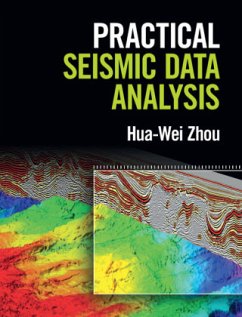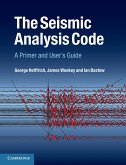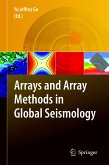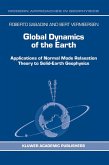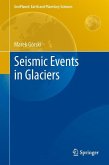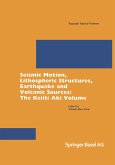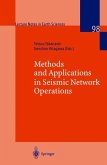This modern introduction to seismic data processing in both exploration and global geophysics demonstrates practical applications through real data and tutorial examples. The underlying physics and mathematics of the various seismic analysis methods are presented, giving students an appreciation of their limitations and potential for creating models of the sub-surface. Designed for a one-semester course, this textbook discusses key techniques within the context of the world's ever increasing need for petroleum and mineral resources - equipping upper undergraduate and graduate students with the tools they need for a career in industry. Examples presented throughout the text allow students to compare different methods and can be demonstrated using the instructor's software of choice. Exercises at the end of sections enable students to check their understanding and put the theory into practice and are complemented by solutions for instructors and additional case study examples online to complete the learning package.
Hinweis: Dieser Artikel kann nur an eine deutsche Lieferadresse ausgeliefert werden.
Hinweis: Dieser Artikel kann nur an eine deutsche Lieferadresse ausgeliefert werden.
'This book is a valuable reference for senior undergraduates and graduates in exploration geophysics and seismology. It covers all the common methods and steps of seismic data processing, using clearly presented mathematics. In particular, helpful boxes in the text enable readers to better understand both basic and crucial information, supported well by the exercises and further reading list also provided.' Jingyi Chen, Decker Dawson Assistant Professor of Geophysics, University of Tulsa

